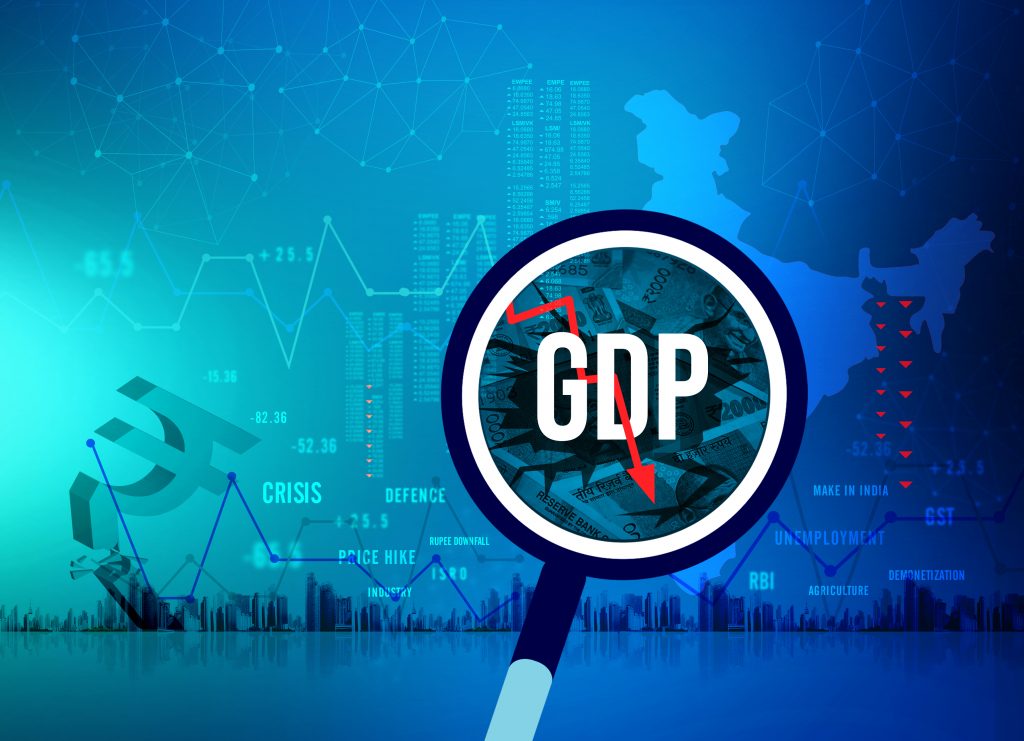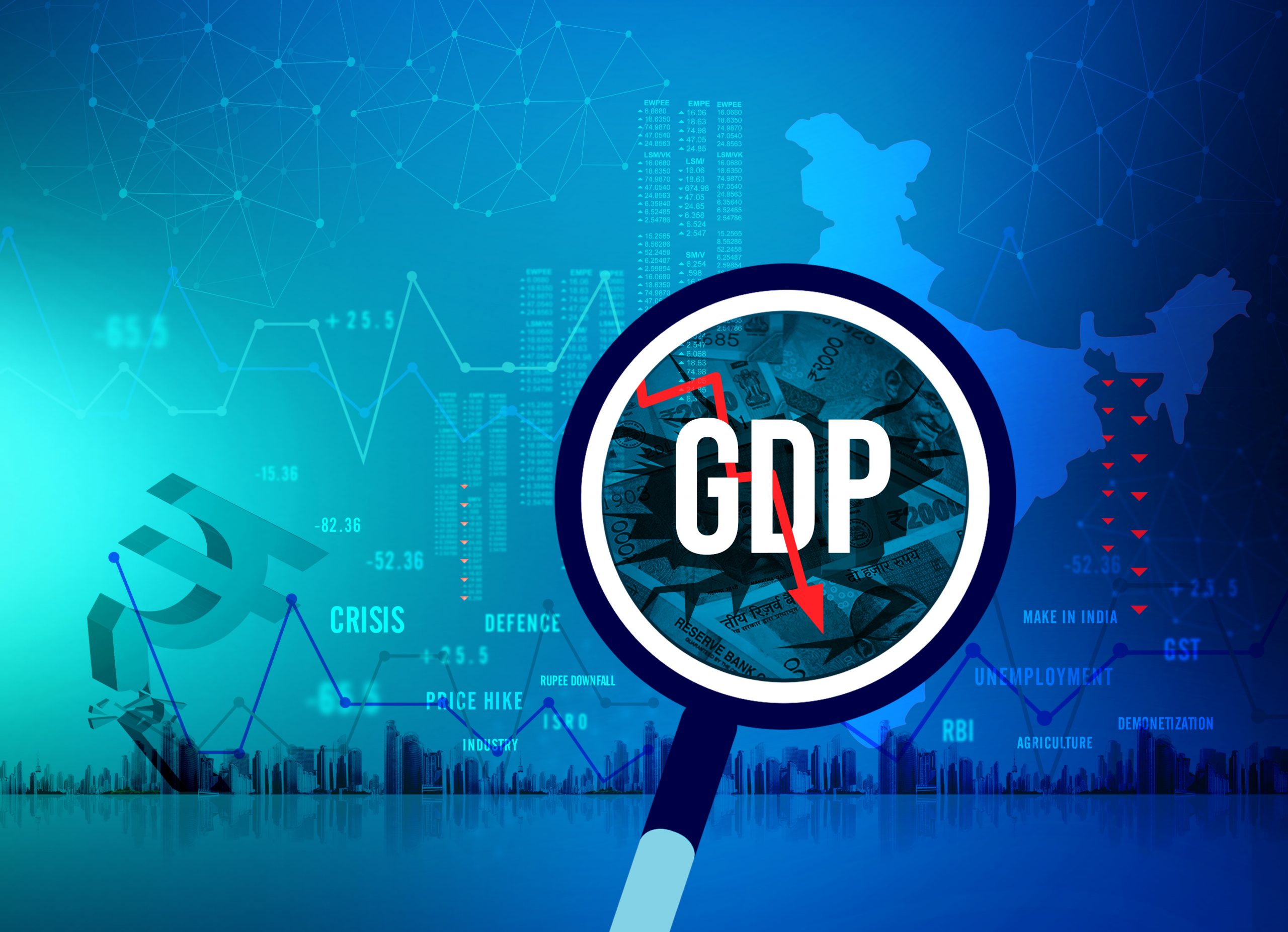
“Economics is a highly sophisticated field of thought that is superb at explaining to policymakers precisely why the choices they made in the past were wrong. About the future, not so much.” – Ben S. Bernanke, The Courage to Act: A Memoir of a Crisis and its Aftermath
The sharp slowdown in India’s GDP growth rate and its fall out on employment and business has been the most important theme of discussion and debate in recent times. It is a fact that almost no one correctly foresaw the sharp dip in growth. Even global institutions like the IMF and World Bank and our own RBI and other economic think tanks failed to foresee the intensity of the decline. The GDP growth rate got revised down consistently from 6.9 percent at the beginning of FY 2020 to around 5 percent now.
Why did economists get the numbers wrong?
First, the quality of data leaves a lot to be desired. In a large economy like India, where the unorganized sector is almost 85 percent, it is difficult to be precise. National income figures are referred to as National Income Estimates. The crisis in the real estate sector and its impact on employment and aggregate demand could not be assessed and foreseen in advance.
There are multiple reasons for the sharp decline in India’s GDP. The decline in investment actually started in 2012. But, since consumption continued to expand, the dip in demand was not felt in aggregate demand. But after September 2018 (post ILFS default) consumption too started to decline. The synchronized dip in investment and consumption led to sharp decline in GDP. The fundamental reason for this sharp decline in growth is the crisis in India’s financial system. The huge NPAs in India’s banking system triggered a massive growth of NBFCs. And within the NBFCs, the explosive growth of the HFCs (Housing Finance Companies) and the defaults by some of them, led to a crisis in the real estate sector, ultimately impacting the entire economy. For a clearer understanding of how this crisis unfolded, some background.
The credit growth of the boom years
The Global Boom of 2003-08 saw global GDP increasing at 4.5 percent a year. Indian economy, too, grew impressively by around 9 percent leading to impressive credit growth. Real estate prices skyrocketed during this period leading to massive speculative buying in real estate. Infrastructure firms made massive investment financed from credit, which was easily available.
The fall out of the Great Recession
The global financial meltdown of 2008 and the Great Recession that followed led to synchronized rate cuts by all central banks of the world. When traditional monetary policy became ineffective, the leading central banks of the world, particularly the Fed and the ECB resorted to unconventional monetary policy of Quantitative Easing (QE). Under QE the balance sheets of the leading central banks exploded from $ 3.5 trillion to $13.5 trillion. In other words, additional money of $ 10 trillion was injected into the global financial system pushing down interest rates globally.
The massive rate cut in India
Over the period 2008 to 2012, the RBI resorted to a massive cut in the repo rate from 9 percent to 4.75 percent. With cost of capital becoming cheap and supply of capital becoming abundant businesses, particularly firms in infrastructure, started borrowing as if there is no tomorrow. With huge funds available for lending, banks resorted to massive lending, even in areas where they had no domain expertise. PSU bank loans exploded 200 percent during 2008-12 from Rs 1819074 crores to Rs 5215920 crores. By 2013, one third of the debt was in companies with interest cover ratio of less than 1. The result? Business failures, massive defaults and exploding NPAs. By 2016, 80 percent of the NPAs were in PSU banks.
AQR and PCA
Banks, always reluctant to recognize NPAs and do the required provisioning, resorted to ‘ever greening’ thereby camouflaging the real asset quality. When Raghuram Rajan ordered Asset Quality Review (AQR) many skeletons fell off the cupboard. The central bank put 11 banks under Prompt Corrective Action (PCA). Capital inadequacy of banks under PCA and the reluctance of banks to lend led to credit squeeze. Seizing the opportunity the NBFCs charged into this gap.
Explosive growth in NBFC lending
NBFCs started lending to segments like automobiles, real estate, consumer durables and MSMEs in a big way. NBFC credit growth rose from 4 percent in 2012 to 24 percent in 2018 and the share of NBFC lending in total lending rose from 12 percent in 2012 to 23 percent in 2018.
The NBFC defaults, credit crisis and the slowdown
The IL&FS default of September 2018 and the subsequent default by Dewan Housing Finance hugely impacted the financial system. Banks and mutual funds stopped lending to NBFCs leading to disruption in automobiles, consumer durables and most importantly, real estate. Work in several lakhs of real estate projects were stuck due to non-availability of last mile funding. This resulted in huge job losses impacting aggregate demand in the economy. This is the fundamental reason behind the sharp slowdown in the economy. Of course, the twin shocks of demonetization and GST contributed to the slowdown.
The response and the road ahead
The monetary stimulus by the RBI through 5 rate cuts totaling 135 bp in 2019, the corporate tax cut, sector specific measures for automobiles, viable real estate, MSMEs, the National Infrastructure Pipeline and several measures announced in the budget can lead to revival in growth. The recovery will be gradual, not sharp. 6 percent GDP growth for FY 21 is achievable if the coronavirus is contained. On the flip side, if the virus aggravates into a major crisis, global growth will be impacted and this will pull down growth in India too.
Investment strategy
The coronavirus is an area of concern. But growth and earnings recovery coupled with fund inflows into the market is likely to keep the markets buoyant. Accommodative monetary policy, globally, and the huge global liquidity are clear positives. The following points will be helpful in formulating appropriate investment strategy.
- Hold on to quality stocks. But remember that quality is richly valued.
- Aggressive buying of high quality names is risky.
- Buy beaten down segments in quality space: value buying.
- Good long-term opportunities in autos, cement, capital goods…
- Mid-small-caps likely to out-perform.
- Invest in mid and small-caps through SIPs in mutual funds.
- Don’t stop SIPs.











Very good information and be careful of our investment
Very useful advice for a naive new investor like me.